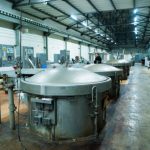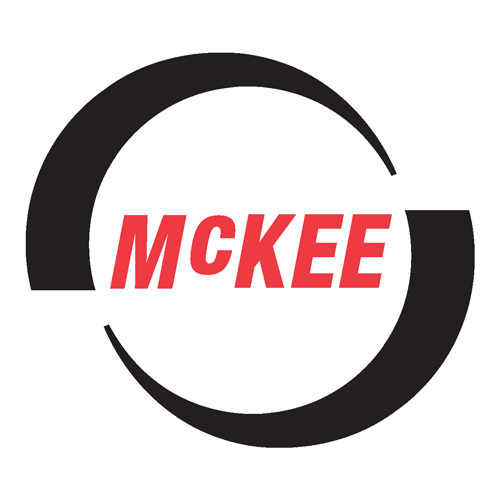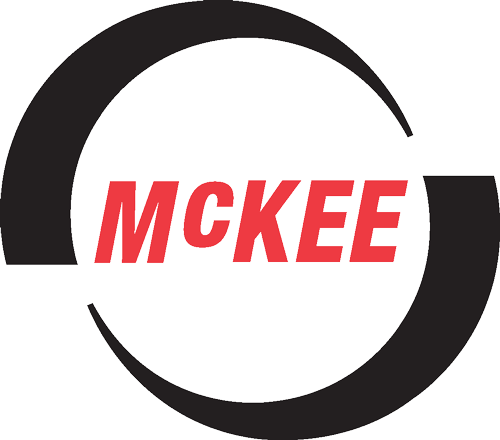Best Practices for Maintaining and Servicing Cotton Mill Components
December 15, 2023 8:43 pm Leave your thoughts Cotton mills are complex industrial facilities that require regular maintenance and servicing to ensure smooth operations and maximize productivity. Efficient maintenance and servicing practices not only prevent breakdowns but also extend the lifespan of components, reduce downtime, and promote worker safety. In this blog, we will discuss some best practices for maintaining and servicing cotton mill components.
Cotton mills are complex industrial facilities that require regular maintenance and servicing to ensure smooth operations and maximize productivity. Efficient maintenance and servicing practices not only prevent breakdowns but also extend the lifespan of components, reduce downtime, and promote worker safety. In this blog, we will discuss some best practices for maintaining and servicing cotton mill components.
1. Regular Inspections:
Regular inspections are essential for identifying potential issues before they become major problems. Develop a comprehensive inspection checklist that covers all critical components of the cotton mill, including machinery, electrical systems, belts, bearings, and pulleys. Schedule routine inspections and ensure they are conducted by qualified personnel. Document and address any issues discovered during inspections promptly to prevent further damage or safety hazards.
2. Lubrication:
Proper lubrication is crucial for maintaining the efficiency and longevity of cotton mill components. Establish a lubrication program that includes regular applications of the appropriate lubricants to machinery and moving parts. Follow manufacturer guidelines for lubrication intervals and use high-quality lubricants suitable for the specific equipment. Inspect oil levels, filters, and seals regularly, and replace them as needed. Keeping the components adequately lubricated will reduce friction and wear, prevent overheating, and minimize breakdowns.
3. Cleaning and Preventing Contamination:
Effective cleaning practices are a key factor in maintaining cotton mill components. Dust, debris, and other contaminants can accumulate over time, leading to component failure or reduced efficiency. Develop a cleaning schedule for each area of the mill, including machinery, filters, air vents, and ducts. Use appropriate cleaning methods and equipment to prevent damage to delicate components. Regularly check and replace air filters to ensure clean and efficient air circulation, which helps prevent contamination.
4. Alignments and Balance:
Proper alignment and balance of components are critical to their performance and lifespan. Misalignment can cause excessive vibration, wear, and premature failure. Regularly check and adjust alignments of equipment, such as motors, belts, and pulleys. Utilize laser alignment technologies for accurate and efficient alignment procedures. Balancing rotating equipment, like fans or shafts, is also essential to minimize vibration and prevent damage. Implementing alignment and balancing practices as part of routine maintenance will optimize performance and minimize downtime.
5. Electrical System Maintenance:
The electrical system is one of the most crucial components of a cotton mill. Regular maintenance of electrical systems ensures the safety of workers and prevents electrical failures. Schedule routine inspections of electrical equipment, including motors, fuses, circuit breakers, and wiring. Test and calibrate electrical instruments to ensure accuracy and reliability. Conduct thorough inspections of control panels, replacing damaged components and tightening loose connections. Follow relevant safety guidelines and regulations when working on electrical systems.
6. Training and Skill Development:
Proper maintenance and servicing practices require skilled personnel. Invest in continuous training and skill development programs for maintenance staff to keep them updated with the latest techniques and best practices. Train them on equipment-specific maintenance procedures and safety protocols. Encourage cross-training to ensure staff members are equipped to handle a range of maintenance tasks. Skilled and knowledgeable maintenance personnel will be better equipped to identify issues, perform repairs, and optimize the performance of cotton mill components.
7. Documented Procedures and Historical Data:
Develop and maintain a comprehensive database of documented procedures, historical data, maintenance logs, and repair records. This database should include equipment specifications, manufacturer recommendations, maintenance schedules, and past repairs performed. Capturing historical data allows for trend analysis, which can help identify recurring issues and implement preventive measures. It also facilitates effective communication between maintenance staff and management, ensuring continuity of best practices.
8. Collaboration with Manufacturers and Service Providers:
Maintaining a collaborative relationship with equipment manufacturers and service providers is beneficial for the smooth functioning of cotton mill components. Manufacturers can provide valuable insights, technical support, and maintenance recommendations specific to their equipment. Likewise, service providers with expertise in cotton mill maintenance can offer specialized services and professional guidance. Collaborating with these experts ensures proper maintenance and servicing practices and can help to minimize downtime and increase the lifespan of components.
Summary
Implementing best practices for maintaining and servicing cotton mill components is essential for maximizing productivity, preventing breakdowns, and ensuring worker safety. Regular inspections, proper lubrication, effective cleaning practices, alignments and balancing, maintenance of electrical systems, training and skill development, documentation of procedures and historical data, and collaboration with manufacturers and service providers are all crucial elements of an efficient maintenance and servicing program. By following these best practices, cotton mills can optimize operations and achieve long-term success.
Need Cotton Mill & Cotton Gin Components in Lubbock, TX?
Welcome to M.B. McKee Company, Inc. M.B. McKee Company, Inc. has been serving our local community of Lubbock since 1943. Locally owned and family operated, we provide great customer service and solutions for ongoing issues. With over 70 years of experience, our products, services, and engineering will always exceed your expectations. Our products include bearings, belts, chains, conveyor systems, gearing, lifts, motors, drives, product separation, tools, valves, and fittings. Our engineering division also provides general formulas, NEMA motor frames, elevator legs, screw and belt conveyors, lift charts, components from Baldor and Flexco, and various interchangeable parts. Contact us today to learn more about what we can do for you!
Categorised in: Cotton Mill Components
This post was written by admin

